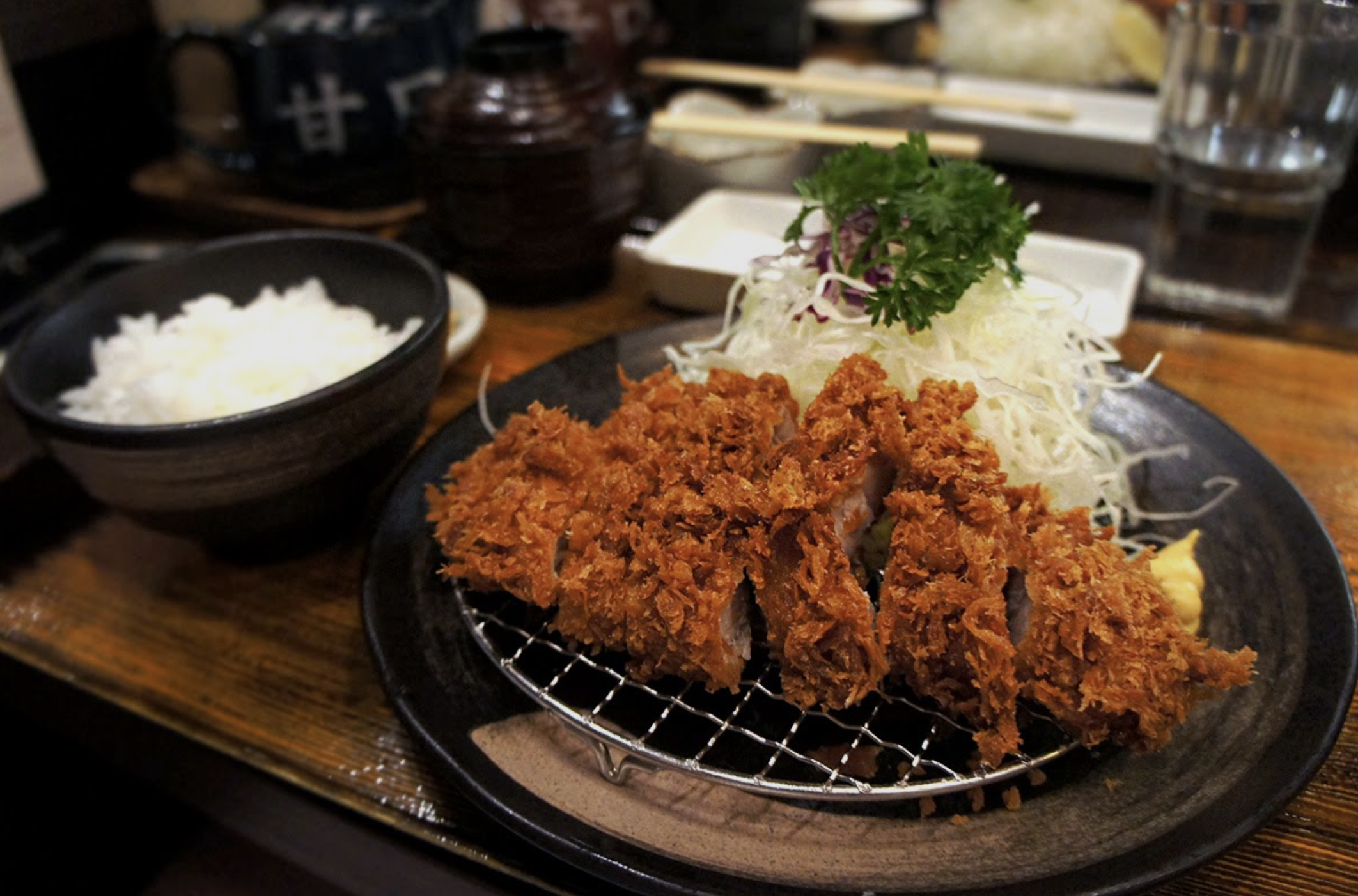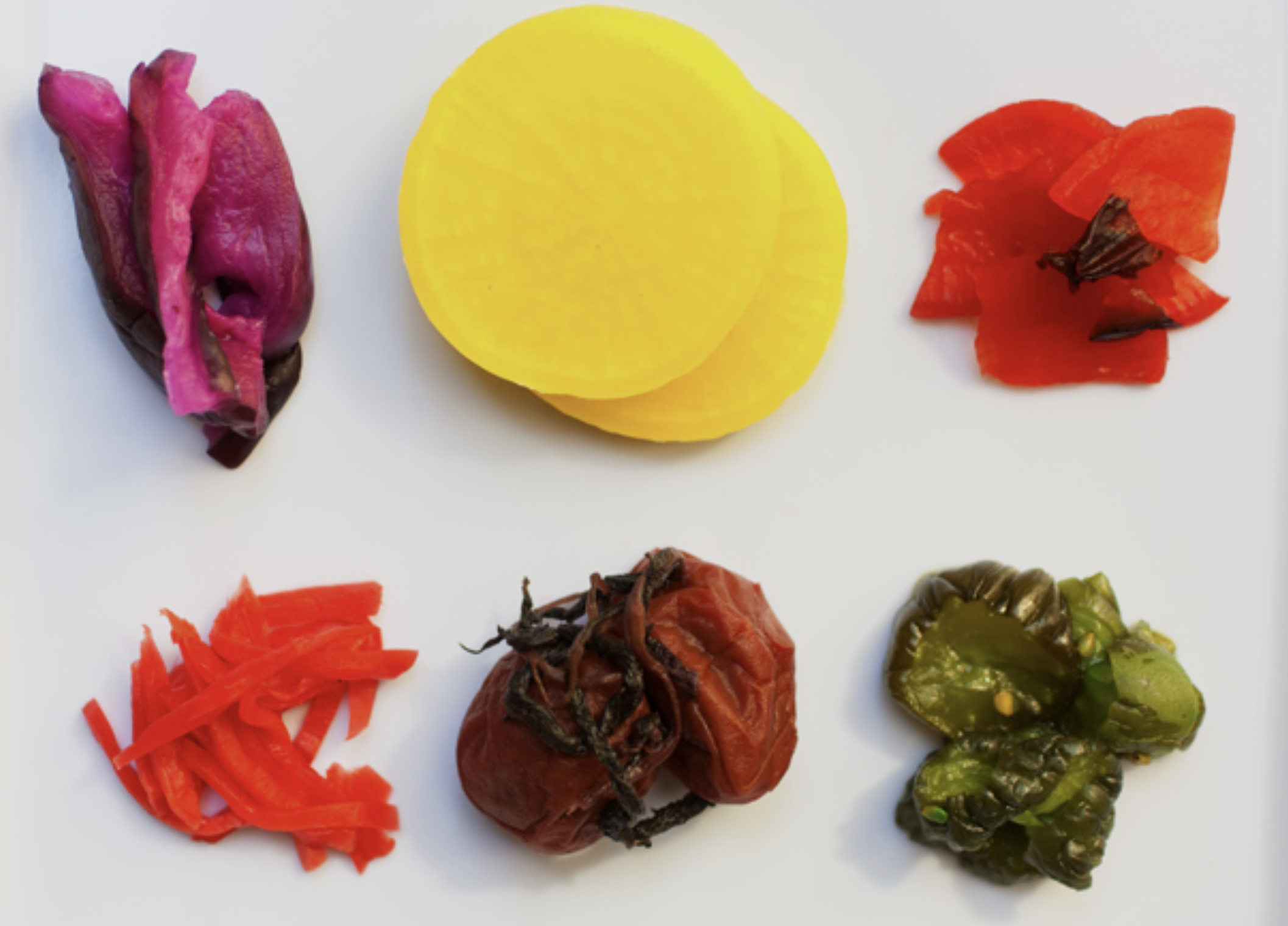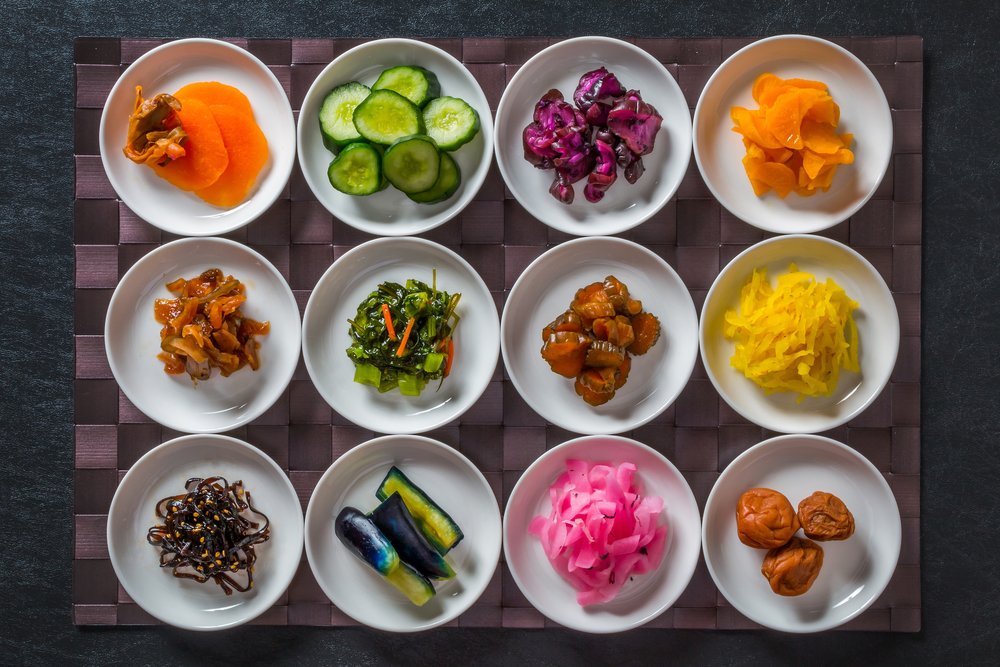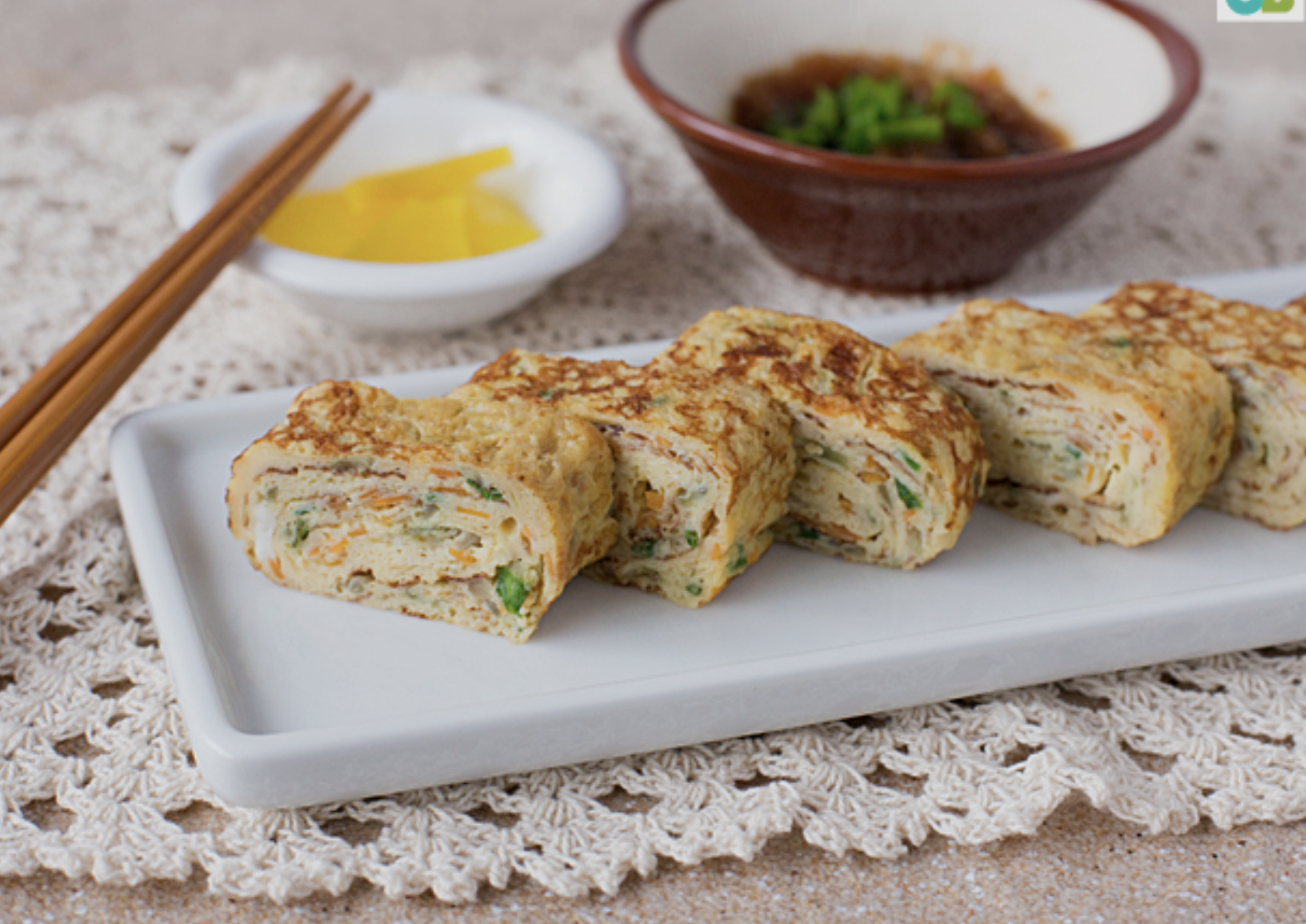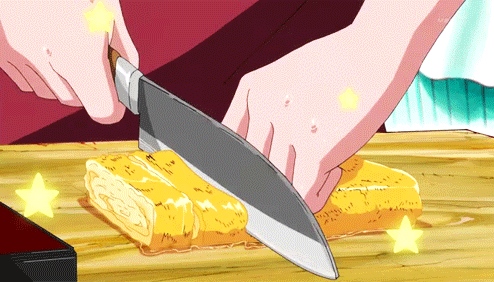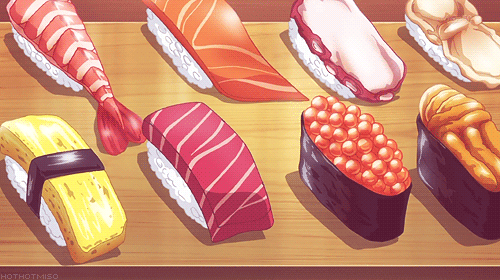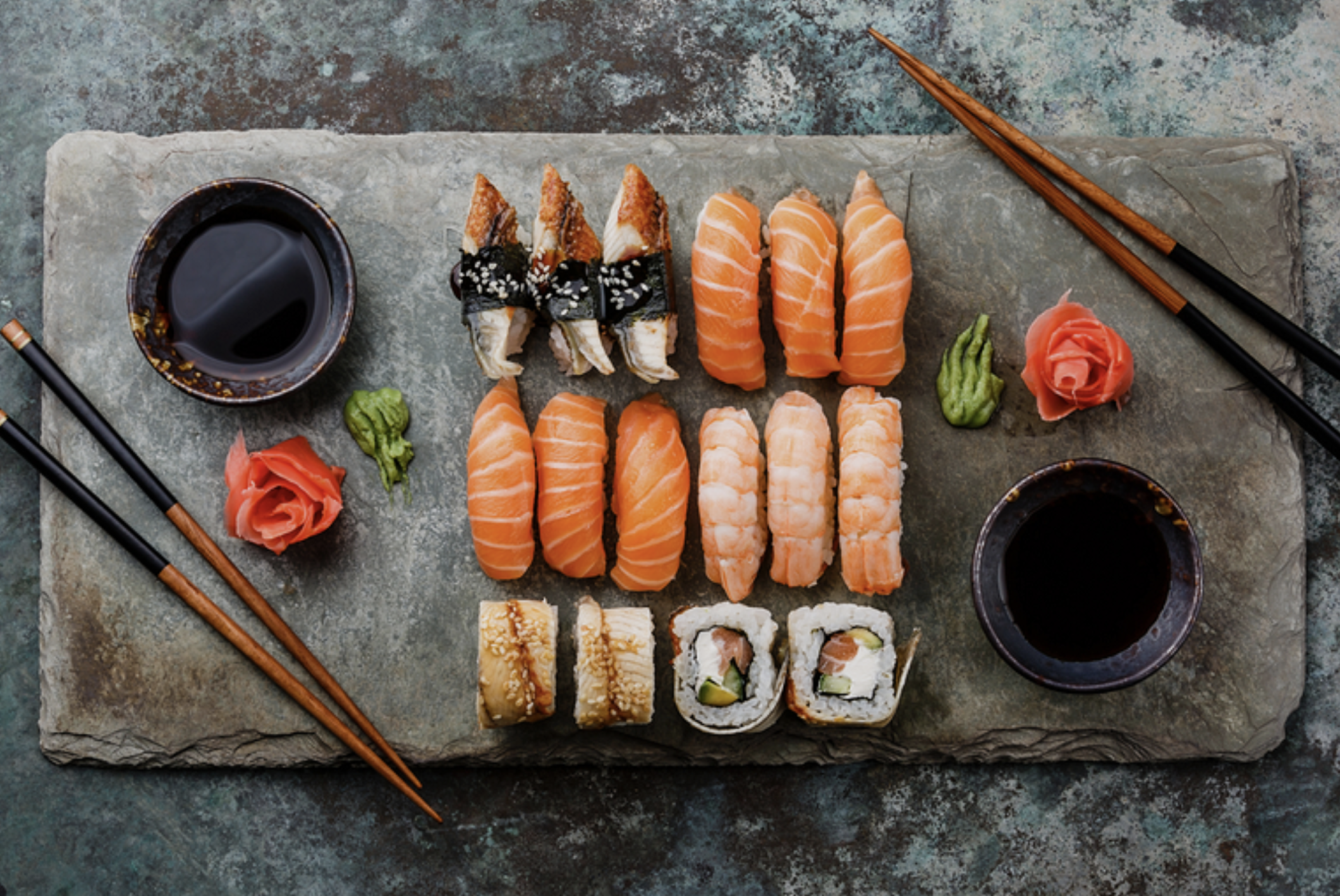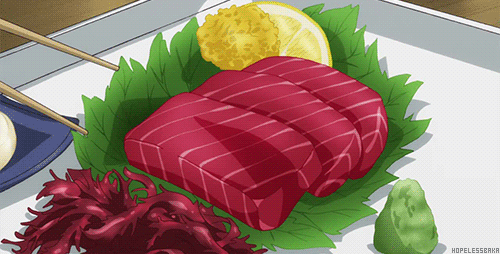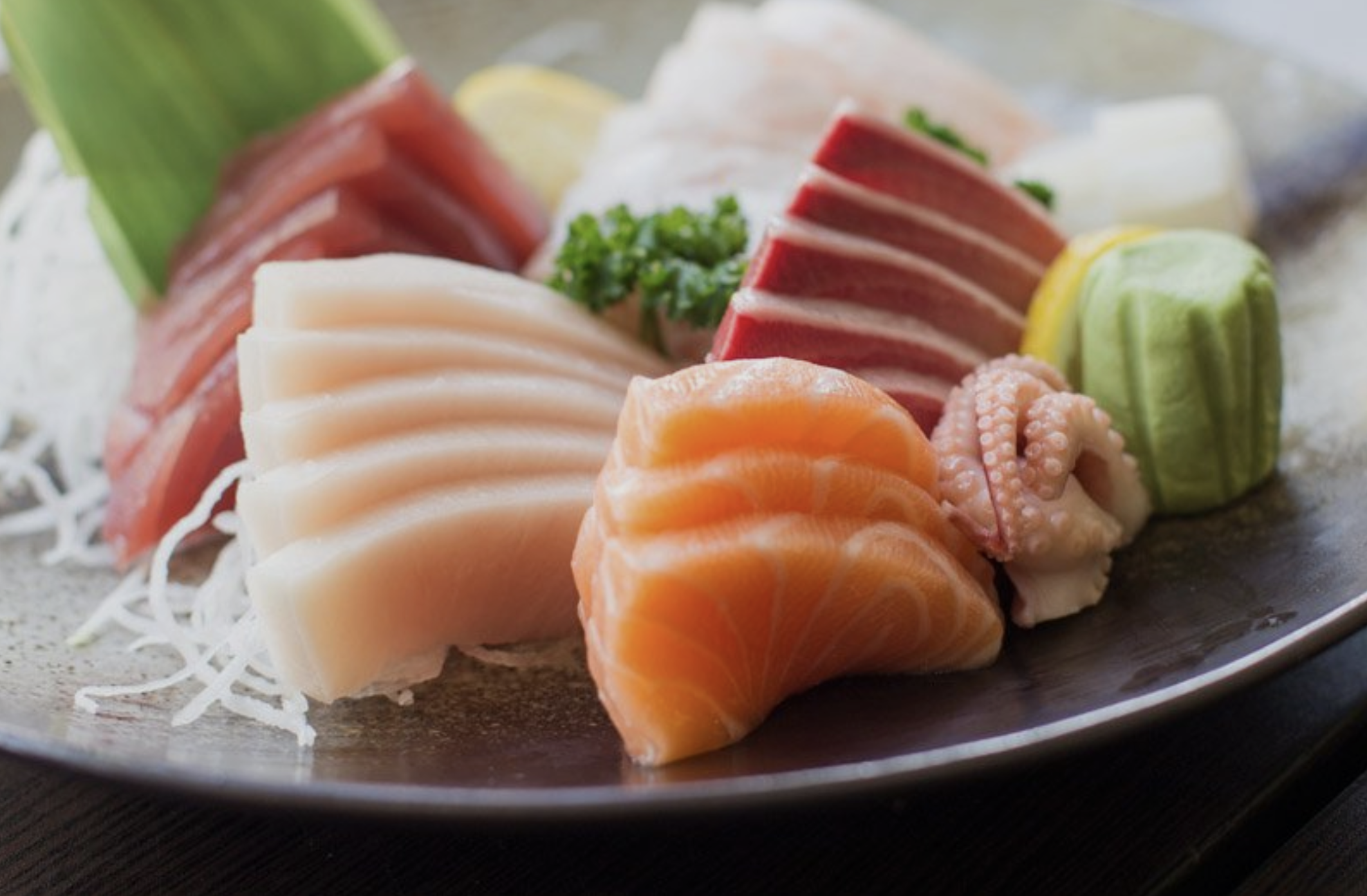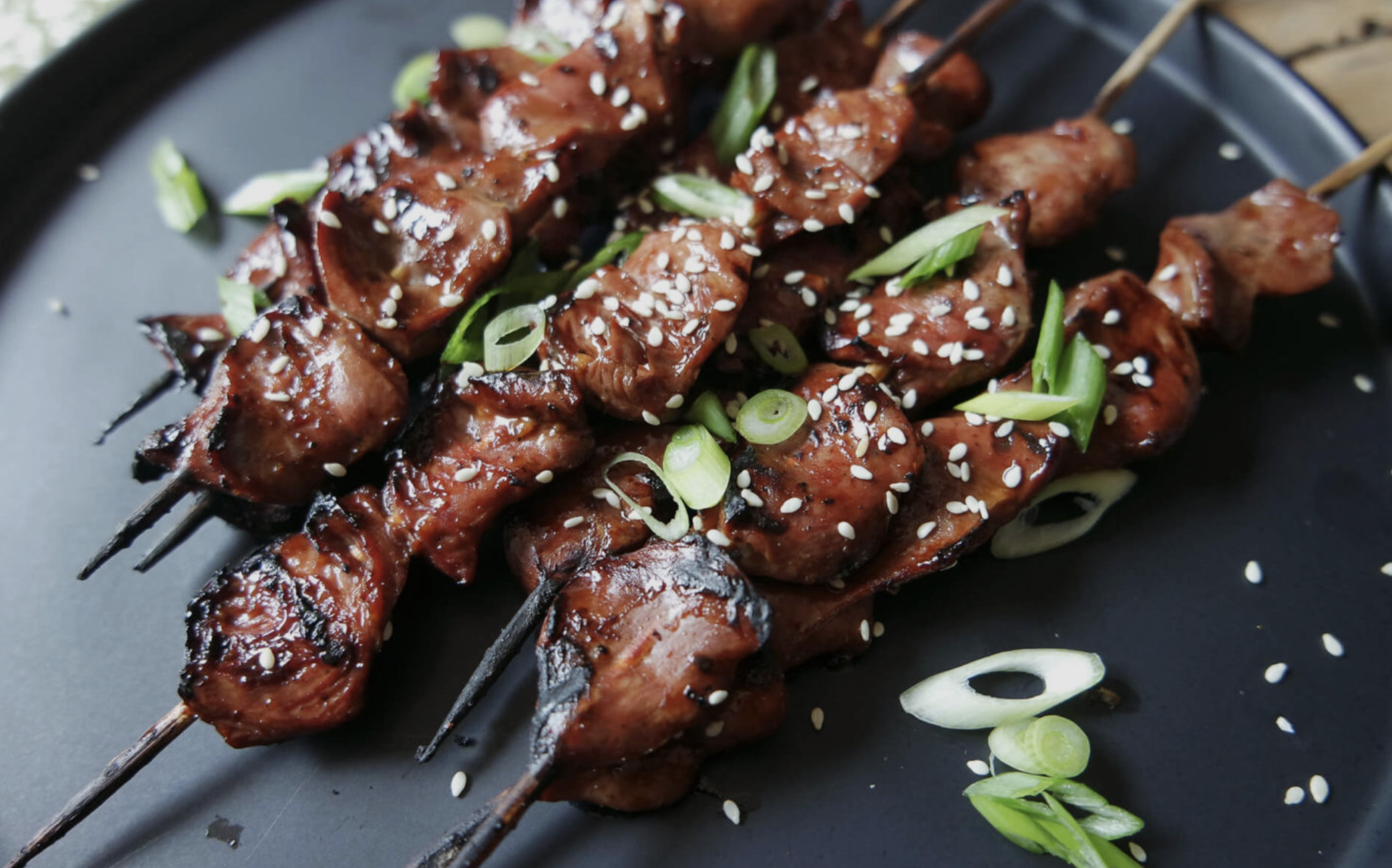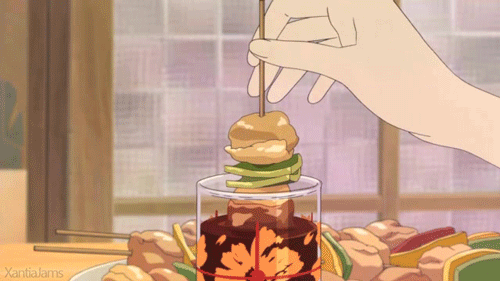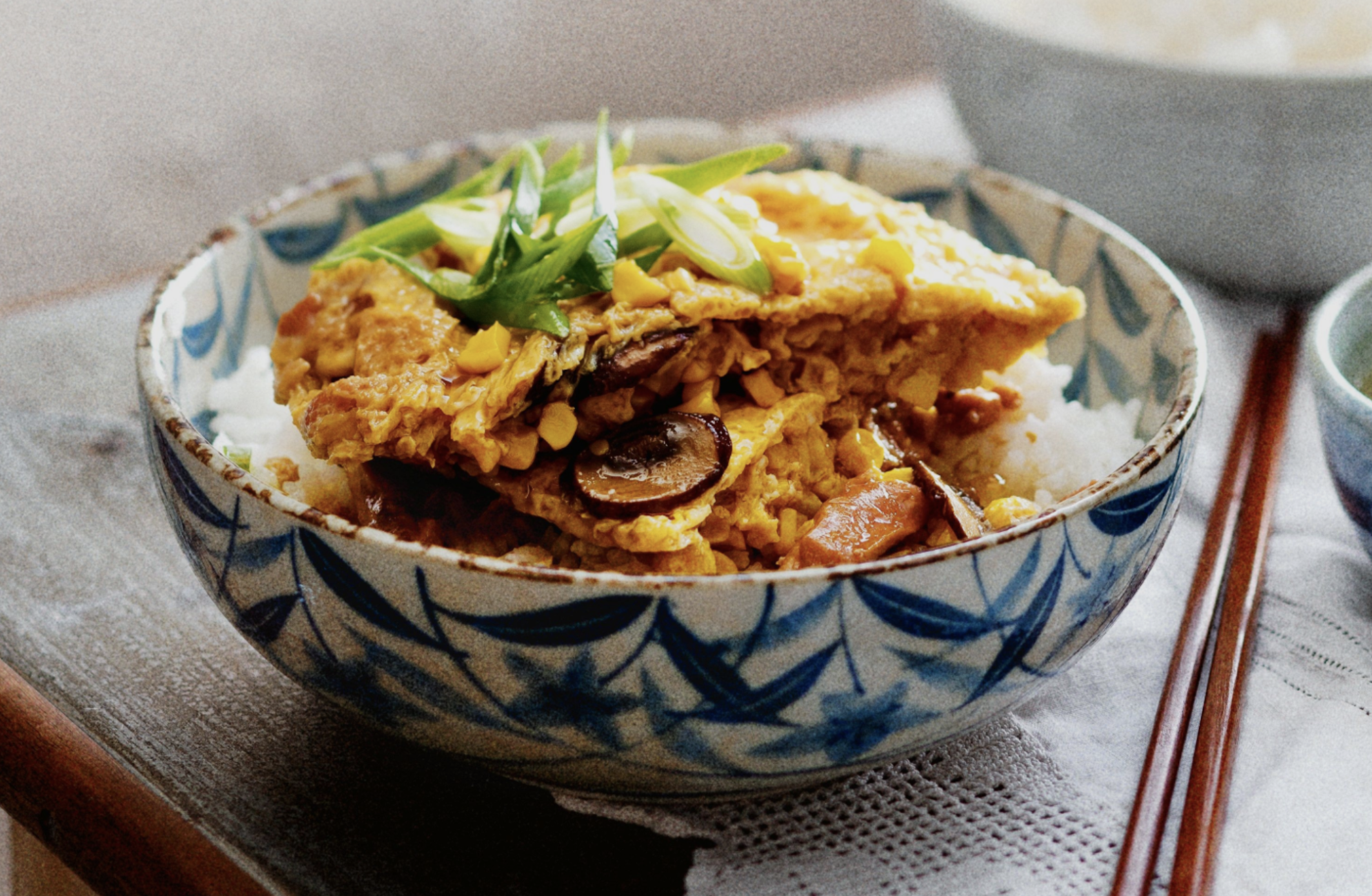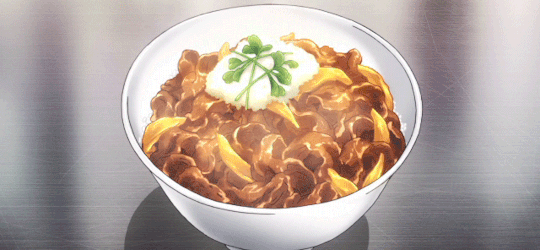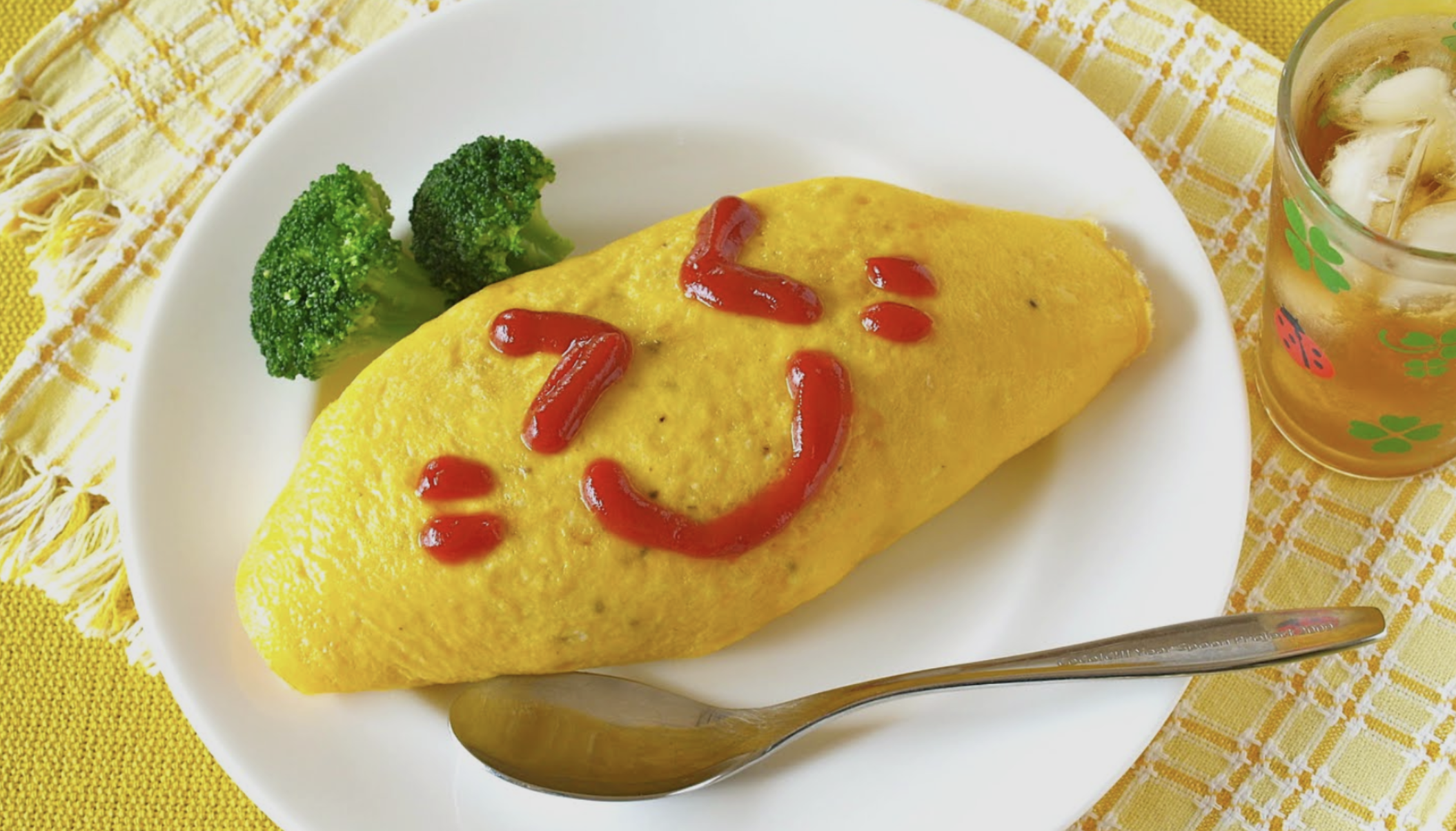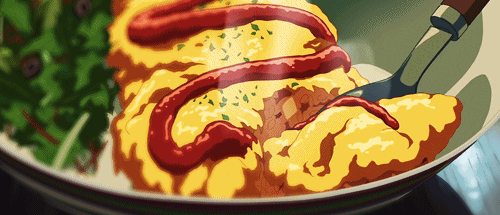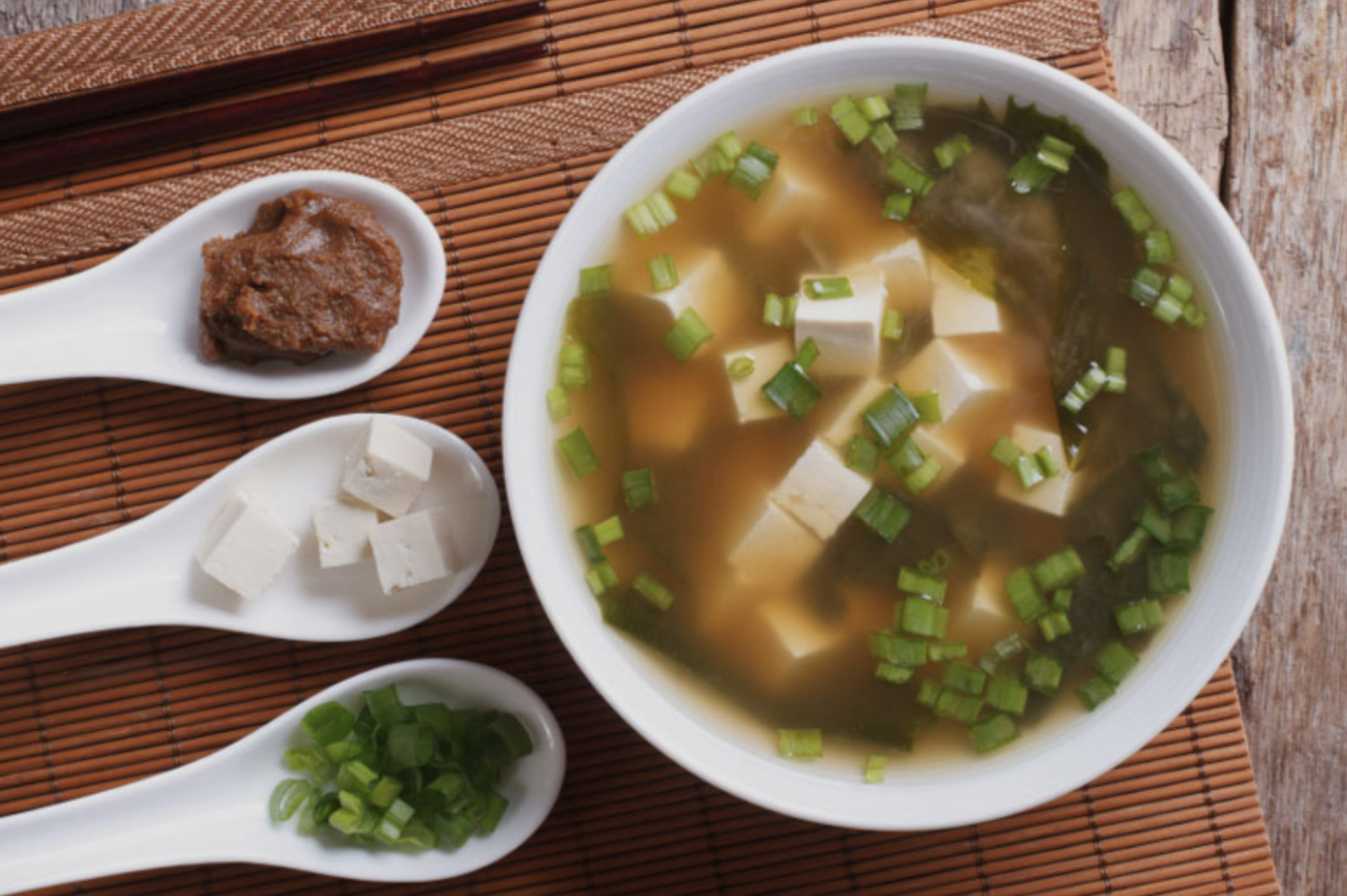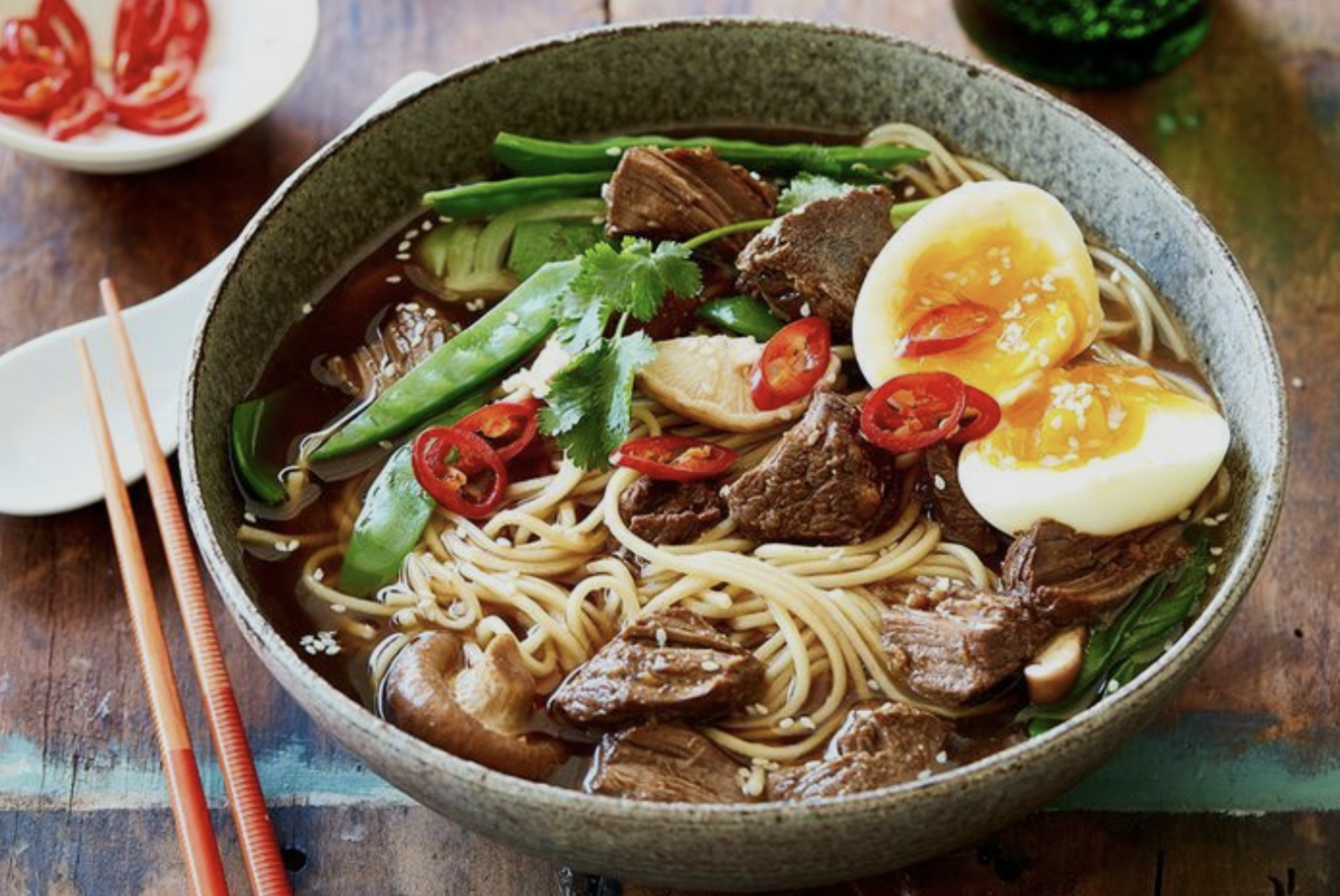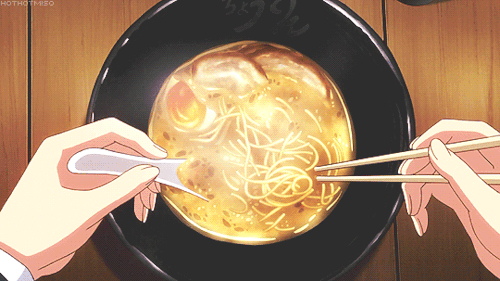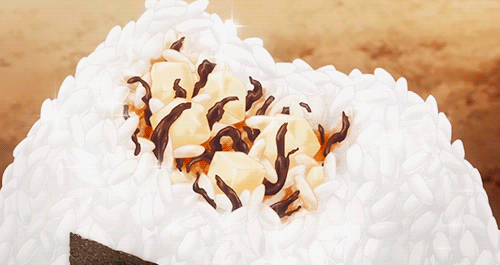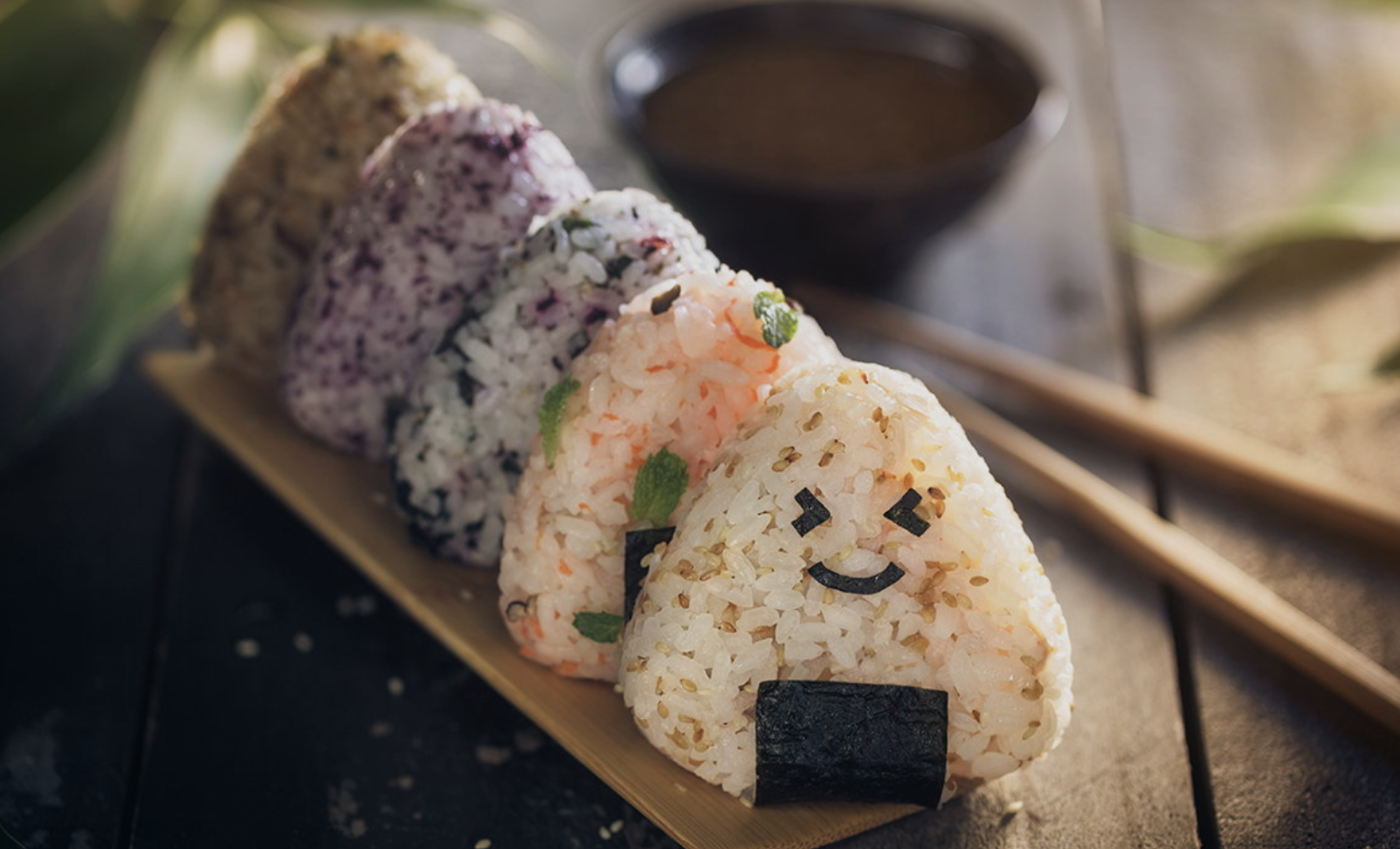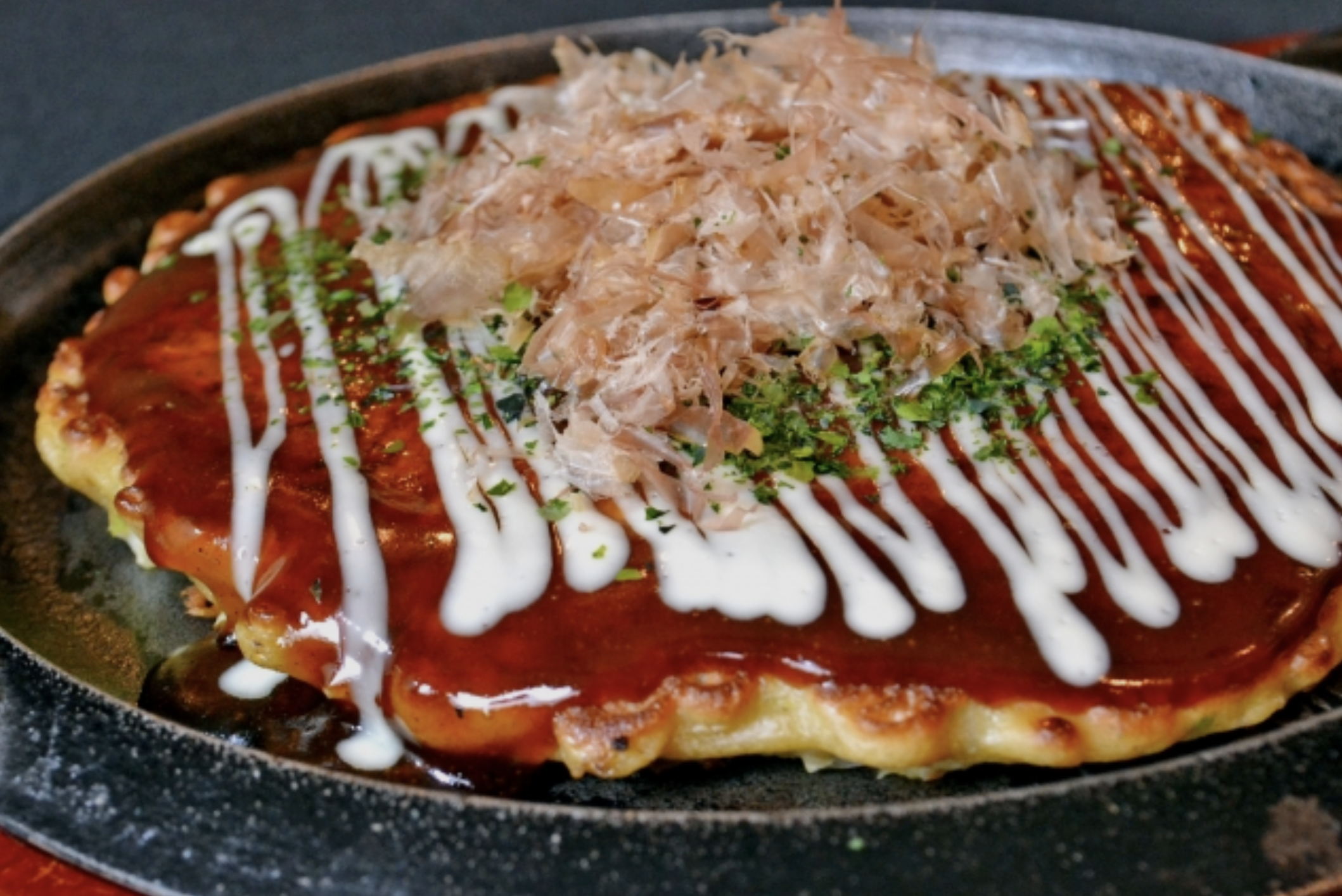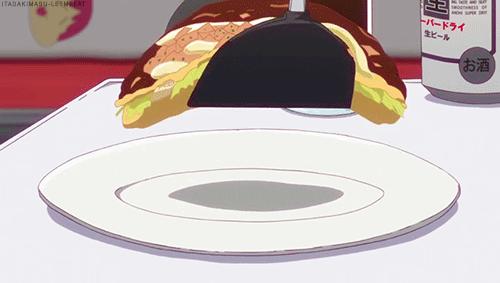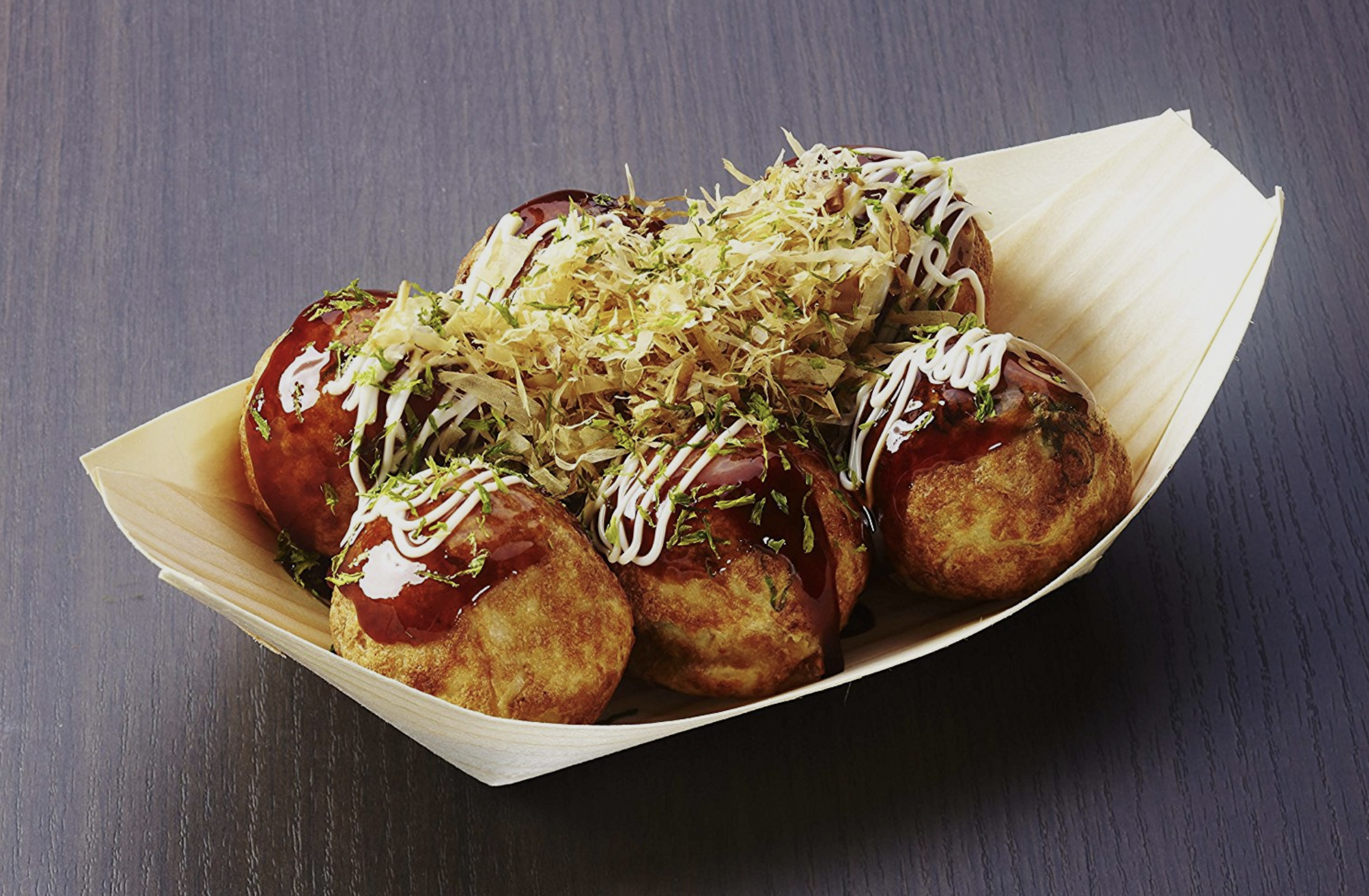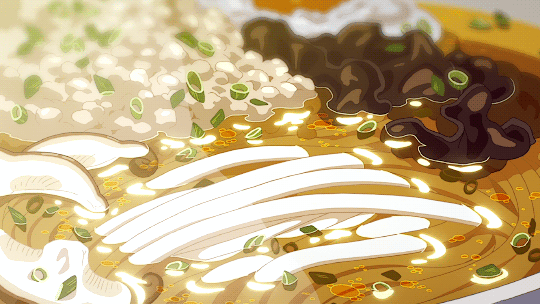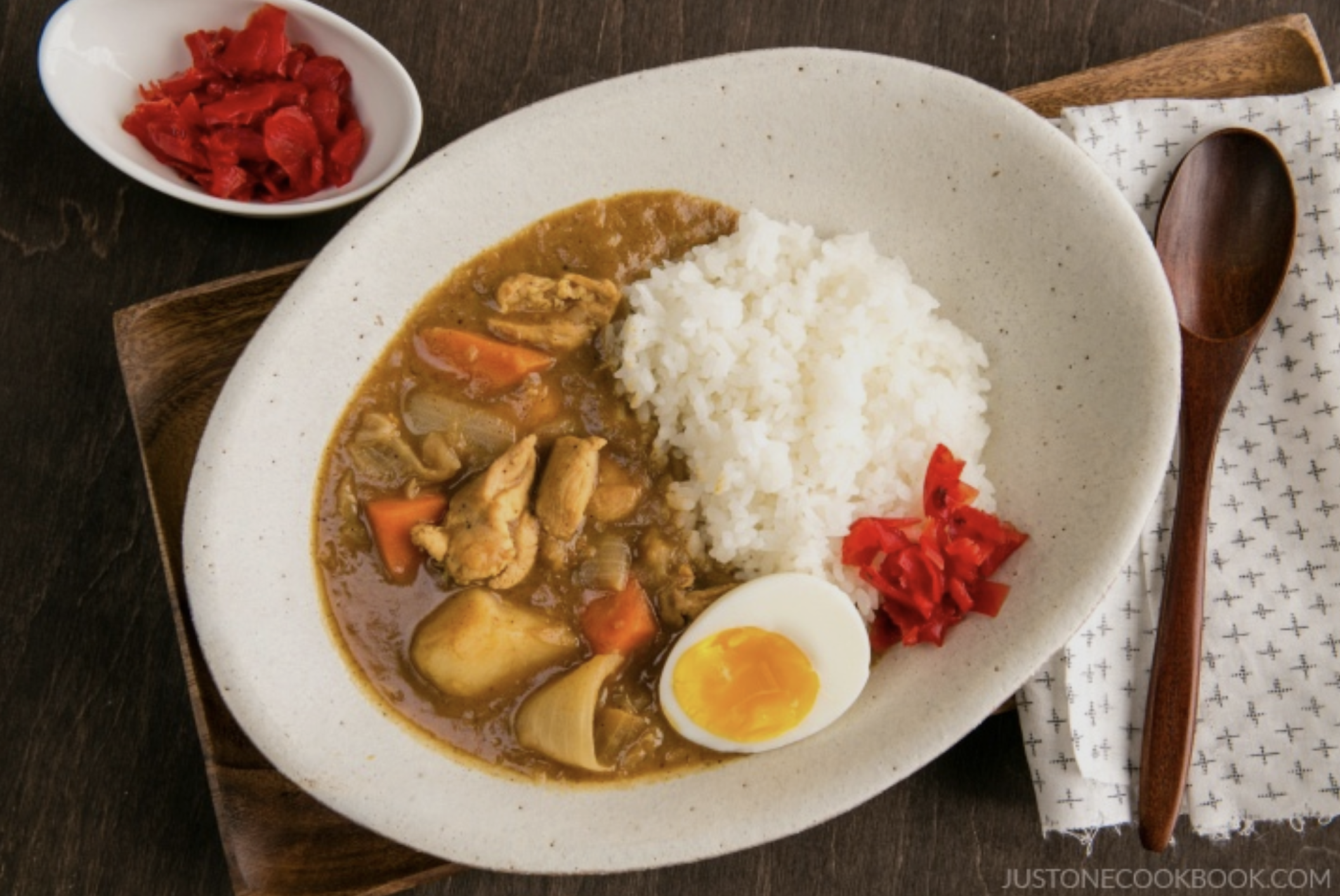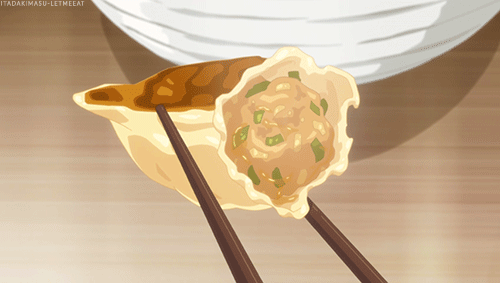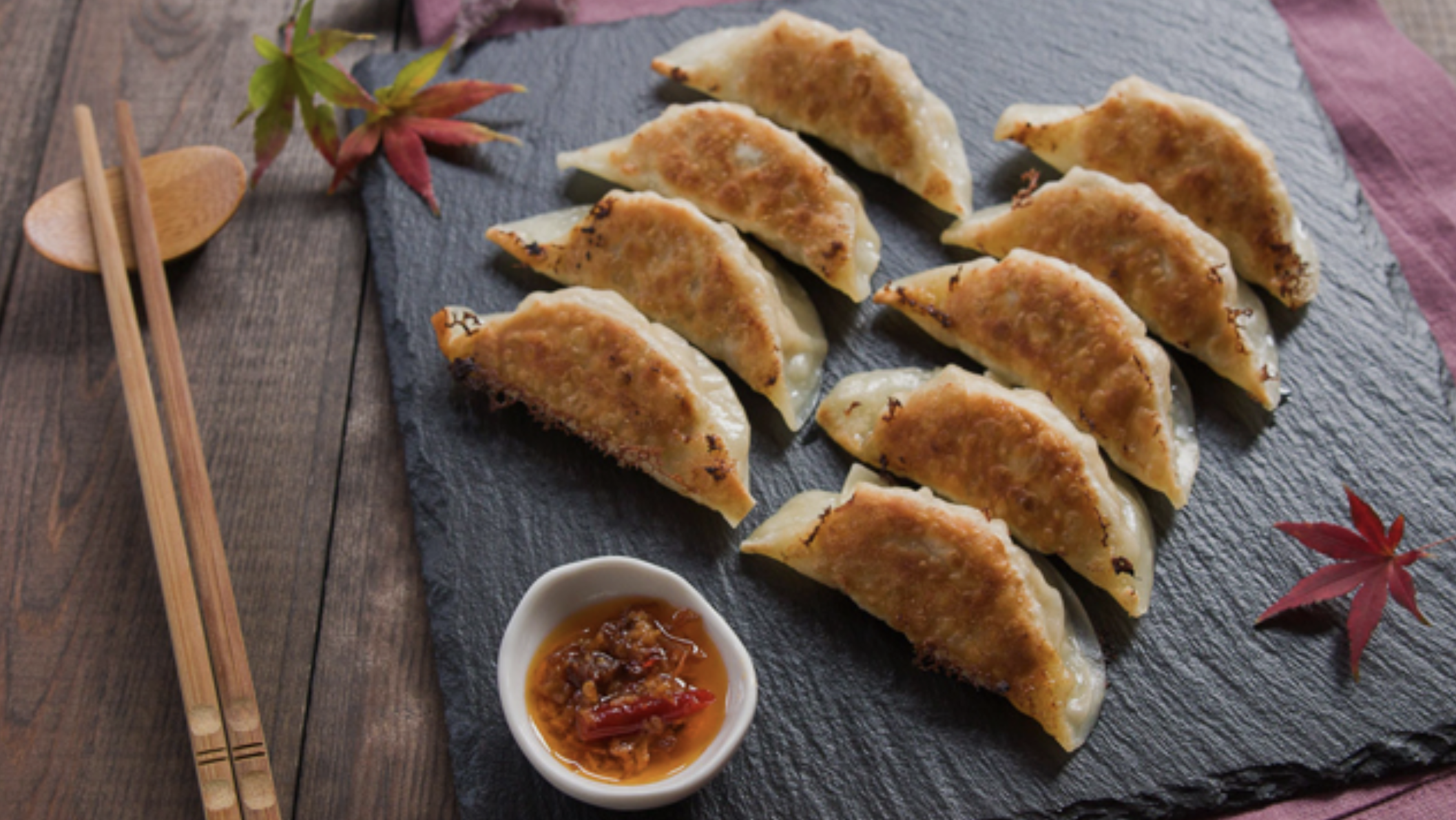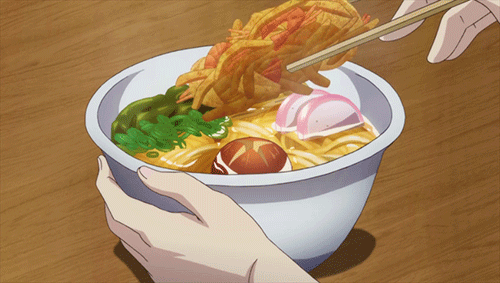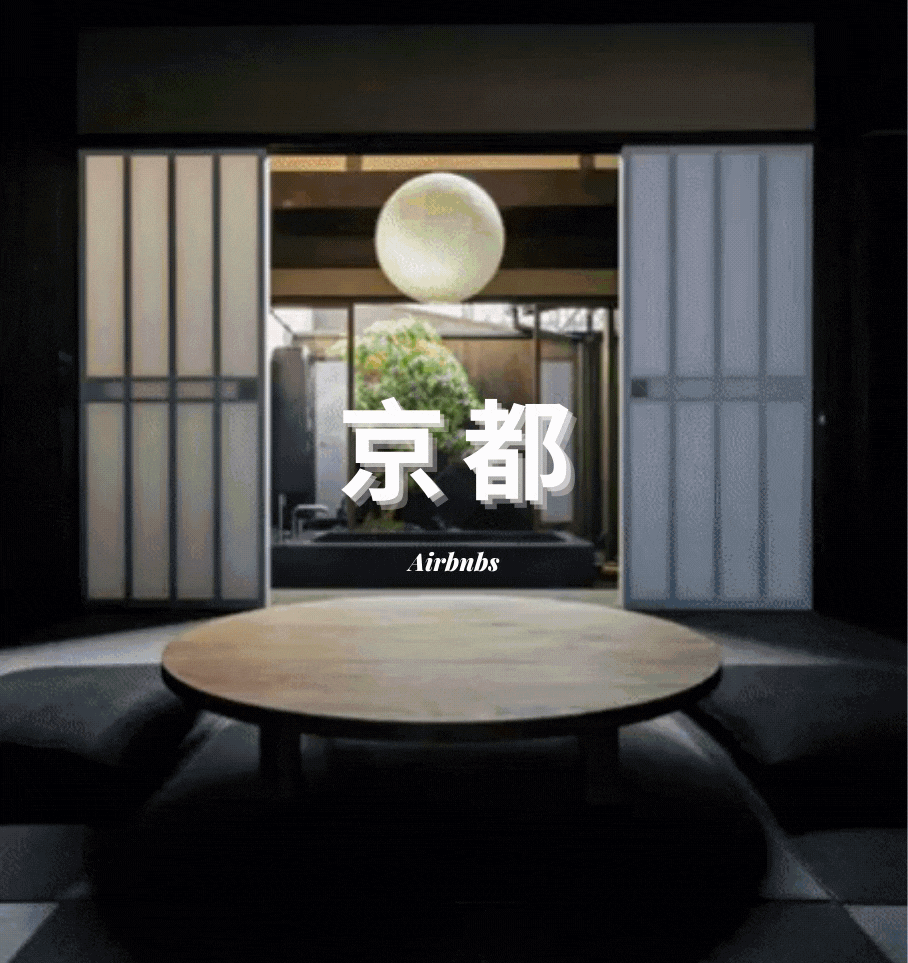TOP 17 SALIVA INDUCING MUST-TRY FOOD IN JAPAN
I went to Japan twice already for an overall duration of about a month, and let me tell you, Japanese food is on a whole other level. Whether you go to a convenience store or attend a five-course luxury meal, your taste buds will overflow with joy. That being said, there is much more to Japanese food than Sushi and Sashimi (Although they're obviously on this list). A lot of Japanese dishes are presented here, whether they are more traditional Japanese food based or western influenced, the thing they all share is that they are deliciously exquisite in a mouth-watering way.
1-Tonkatsu
豚カツ
豚=Ton=Pig + カツ=Katsu from katsuretsu=カツレツ=Cutlet
When I tell people I went to Japan, they immediately ask me how the sushi was. Everyone mentions sushi, but no one ever asks about the Tonkatsu, and this is a shock to me because if you ask me what's the best food I ever had in Japan, that is my answer: Tonkatsu. This is a western style dish in Japan but is very much Japanese, it basically consists of breaded, crispy&crunchy deep-fried pork cutlet, but you can find variants (chicken, potato,...). This isn't the healthiest of food you will find in Japan but is definitely one of the yummiest. There are a lot of Tonkatsu specialized restaurants over there, some offering affordable fast-food services while other are very much luxury-based.
2-Tsukemono
漬物
漬=Tsuke from tsukeru=漬ける= Pickled + 物=Mono=Thing
Tsukemono isn't exactly a dish but is a part of many traditional Japanese meals. They are preserved vegetables, served as a side dish, accompaniment, garnish, or part of a course in a Japanese tea ceremony. You will probably encounter them sooner or later if you decide to eat anything in Japan. Tsukemono follow the principles of Kaiseki (a traditional multi-course Japanese dinner) that dictates that a meal should contain a variety of flavors, colors as well as provide a sensory and aesthetic outlook. You might already be familiar with a type of Tsukemono: Gari (Ginger) which is used to cleanse the palate between consumption of different types of sushi.
3-tamagoyaki
卵焼き
卵=Tamago=Egg + 焼き=Yaki=Grilled
Tamagoyaki is a classic Japanese folded omelet, made by rolling together several sheets of cooked egg. There are a lot of different types of Tamagoyaki, some can be sweet and other salty, but either type usually preserved a very light fluffy texture.
4-SUSHI
すし, 寿司, 鮨
Ultimately from the archaic 酸し=Sushi= Sour, Vinegared.
Probably the most famous Japanese dish outside of Japan, Sushi is a way to prepare rice, but not necessarily raw fish: a piece of sushi does not need to have fish in it but has to have some rice. Sushi can be combined with a variety of different ingredients, including but not limited to seafood, vegetables, tropical food, and sometimes even chicken or meat. Its presentation and style vary widely, and anyone is bound to find at least one type of sushi to his taste.
5-SASHIMI
刺身
刺(Pronounced 'Toge' if not linked to other characters) from 刺し=Sashi=Sticking into + 身=Mi=Flesh
Sashimi is usually linked to Sushi but is considered a stand-alone dish in Japan and consists of thinly sliced raw food. Commonly seafood is used, but variants such as meats (beef, deer) and plants (tofu skin, konnyaku) do exist. As a pronounced difference with Sushi, Sashimi does not include vinegared rice as the main constituent of its dish.
6-Yakitori
焼き鳥
焼き=Yaki=Grilled + 鳥=Tori=Bird
Basically the Japanese version of skewered chicken (Mashewe to any Arabs that might be reading this), Yakitori are cooked over charcoal and are a popular and inexpensive dish, found in many different types of restaurants as well as festival food stands all over Japan. The dish itself constitutes of bite-sized pieces of chicken seasoned with either salty or salty/sweet sauces, spices, and vegetables.
7-DONBURI
丼
丼=Donburi=Bowl
This is probably my favorite dish to have on-the-go in Japan because there's a variation called Katsudon that is basically a Donburi with Tonkatsu (mentioned in #1). Donburi is a rice-based bowl dish, which usually consists of a mix of seafood, meat, sauce and vegetables simmered together and served over a rice base. The mix can differ and, like most items on this list, Donburi can be sweet or salty.
8-OMURICE
オムライス
オム=Omu + ライス=Raisu // Written in Katakana, each character represents a sonorant (ex: オ=O)
Omurice combines the English words Omelette and Rice and is a big example of western-influenced dishes in Japan. This dish usually consists of pan-fried rice with ketchup, chicken, or beef, minced with some vegetables, and wrapped around in a thin egg omelet sheet.
9-Miso soup
味噌汁
味噌=Miso + 汁=Shiru=Soup
Soup is very popular in Japan: you will get a bowl of Miso soup with most of your meals there. This is because it is part of the same principle of Kaiseki principle (or Ichiju-Issai (a bowl of soup and one dish) which encourages a balanced meal) that Tsukemono participates in. Miso Soup consists of a flavored liquid preparation made out of dashi into which softened miso paste is added. Depending on the type of restaurant or Japanese province you are in, many ingredients can be added to this basic mixture. Miso soup is one of the few items you will have whether you're having breakfast, lunch or dinner.
10-Ramen
ラーメン, 拉麺
Ultimately from the archaic 拉麵= Lamian, a type of Chinese noodle
Ramen originated in China, but Japanese ramen has evolved to become a dish of its own. At its basis, it consists of the fish-based broth, the tare (sauce), and the noodles (usually Chinese and the toppings (sliced pork, dried seaweed, green onions, ... ). Almost all of the regions in Japan have produced their own regional variations to this common dish and you're bound to find one you love.
11-Onigiri
お握り
お=O (honorific prefix) + 握り=Nigiri=Grasp
Onigiri is a ball of cooked rice, usually made from white rice, and formed into either a triangular, cylindrical or circular shape (it's also common to find them made into animal shapes like tigers or elephant heads) frequently wrapped in seaweed. Onigiris are traditionally filled with pickle plums, salted salmon, or any other salty, sweet or sour ingredients. Most of the convenience store you find in Japan and a lot of South East Asian countries will carry a stock of a variety of onigiri, and you can also find them in restaurants.
12-Okonomiyaki
お好み焼き
お=O (honorary prefix) + 好み=Konomi=Preference + 焼き=Yaki=Grilling
These Japanese versions of pancakes or crêpe combine a variety of ingredients (cabbage is a staple), toppings and batters to produce a type of Japanese savory cabbage pizza. Okonomiyaki batter and ingredients are pan-fried on both sides of a pan using a metal spatula that is then used to slice the dish up.
13-Takoyaki
蛸焼
蛸=Tako=Octopus + 焼=Yaki derived from Yaku=Fry/Grill
Takoyaki is one of Osaka's best-known street food, it got so popular there that it eventually migrated all over Japan. Usually made out of wheat- flour-based batter and cooked in molded pans, these balls traditionally incorporate Octopus into them. Takoyaki are brushed with a special sauce and sprinkled with some green lavender and shavings of dried bonito (fish).
14-Soba
そば
そば=Soba=Buckwheat.
Soba is the Japanese name for buckwheat, they are served with a dipping sauce, and are a common snack or light meal. Soba noodles are usually brown and thin, comparable to spaghetti, and can be served hot or cold (usually during summer). These noodles have kind of a rough texture to them.
15-Curry rice
カレ
カ=Ka +レ=Rē
You might be surprised to find curry on a list of things to eat in Japan, but it has become quite popular over the years with its locals. The curry there has been adapted to better match what you would expect a curry to taste and look like in Japan, for example, you might opt to choose Tonkatsu (number 1 on this list) instead of meat or chicken in your dish.
16-Gyoza
ギョーザ
From the Chinese 餃子=Jiaozi=Dumpling.
Gyozas are pan-fried dumplings with a juicy inside and a crispy golden outside, that usually serve as appetizers to a meal. Usually shaped like a half-moon, you can find them in most restaurants and festivals food stands in Japan. They are typically filled with either crab, vegetables or meat and accompanied by a spicy sauce.
17- UDON
うどん
う=U + ど=Do +ん=N
Udon is a thick wheat-flour noodle, thicker and chewier than soba noodles, and white in color. Udon is usually served as part of a hot noodle soup rather than stand-alone, in a Kakejiru broth, accompanied by vegetable and meat. There also exist hot and cold variations.

